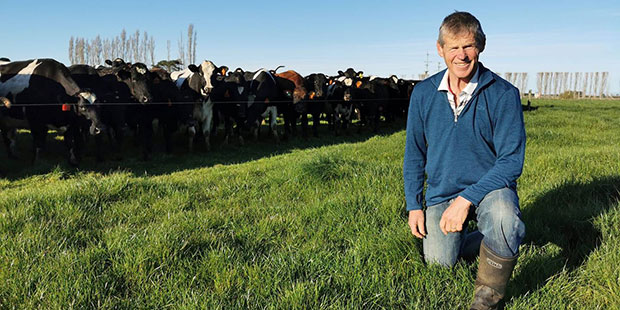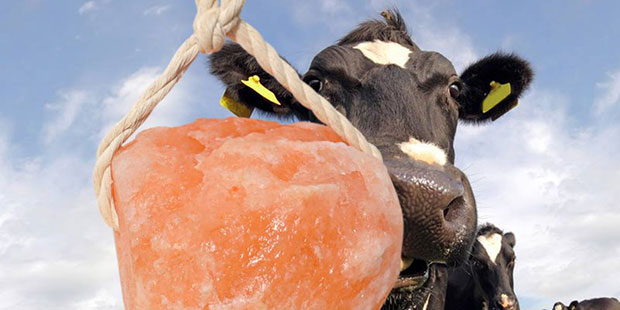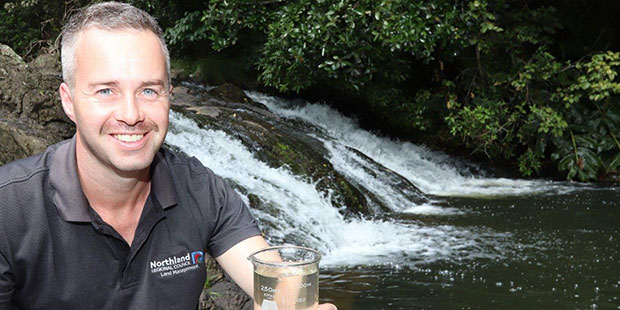New farm research encouraging for climate
Dairy farming newcomers show how to reduce carbon emissions and maintain profits.


Phill and Jos Everest may be relative rookies when it comes to dairy farming but the husband and wife team is far from being beginners when it comes to tackling climate change.
The couple, who run 750 cows on a 270ha property near Ashburton with their son Paul, are starting to see reductions in nitrate leaching from pasture and encouraging signs of a slowdown in greenhouse gas emissions following a series of key initiatives over the last year.
The measures have been tried as part of a research project known as Greenhouse Gas Partnership Farms, a DairyNZ-led project involving a number of farms throughout the country. The partnership is designed to help farmers identify and model how their farms might reduce nitrogen loss and greenhouse gas emissions – steps which, in some cases, have resulted in an up to 40 per cent drop in nitrate leaching.
For Everest, a reduction in both nitrogen fertiliser spread and the number of female herd replacements being reared – and the use of plantain in pasture – are among measures he and his team have adopted under the project.
A massive planting programme in which 10,000 trees and plants have been put in around the farm’s main drains and boundary is also having an effect.
Everest, a DairyNZ climate change ambassador, says the amount of nitrate loss is coming down, thanks in part to the plan to reduce the number of applications of nitrogen fertiliser to pasture.

Phill and Jos Everest. Photo / Supplied.
Phill and Jos Everest. Photo / Supplied.
“We have set a plan to reduce this to 190kg per hectare by the end of June,” he says. “While we are currently a bit below target, I think we will make it. This will help us work towards the government’s 2030 climate change targets.
“We have also seen some reduction in greenhouse emissions through using plantain (a crop with nitrate inhibiting properties) in our pasture mix,” he says. “We’ve been using it for six years and now have over half the property drilled with it. The cows love it.”
The couple is far from dairy farming veterans, taking on the job just 10 years ago when they converted the property from a beef and mixed arable operation to dairy: “I’m not off a family farm or anything like that,” says Everest. “I did work as a farm advisory consultant but we’ve only been actually farming for 10 years. We are loving it.
“The environment is hugely important to us and, while we care for it, we are also aware we need a balance between social, economic and environmental factors – it’s no point going broke either as individuals, an industry or a country.”
“This project gives us the opportunity to carefully review options,” he says. “But while we’re seeing some encouraging signs, it’s not yet possible to directly measure the impact of what we are doing because we’re only just starting our journey.”
The Everest operation - Flemington Farm - is located on flat terrain about 10km south of Ashburton and lies about 4km from the Ashburton River. Its soils are typically heavy and get very wet in the rainy season.
“We are starting to see signs of a reduction in greenhouse emissions and, while it’s too early to say exactly what this is, it’s certainly not getting any worse.”
Everest says they have put in just under 10,000 trees and plants along the property’s drainage system, a stretch equivalent to about 18km. Most of the plants are natives (carex grasses and pittosporum make up the bulk of these) although poplar trees and pines have been used as shelter belts to protect from the strong, predominantly westerly winds which frequently hammer the district.
DairyNZ strategy and investment leader Dr Bruce Thorrold says knowing your numbers, then identifying areas where nitrogen loss and greenhouse gas emissions could be reduced, are the first step as farmers work towards the government’s 2030 climate change targets.
He says while for some farms the research identified options for a lower footprint and higher profit, for already highly efficient farms footprint gains tended to come at a cost to profitability: “For them, it’s about where the smallest gains can be made; small improvements on individual farms add up at national level.
“However, there is no ‘one-size-fits-all’ package of mitigations. These need to be farm-specific.”
Thorrold says overall reduction in nitrogen loss ranged from two to 40 per cent while emissions reductions ranged from a two per cent increase to a 20 per cent decrease. Almost half – 44 per cent – of the scenarios showed these reductions could be achieved without a drop in farm profitability.
The research is part of DairyNZ’s Dairy Action for Climate Change commitment to support dairy farmers and the wider sector to address on-farm methane and nitrogen emissions in the long-term. The Everest farm is one six in Waikato, Southland and Canterbury on which modelling has been carried out.
To see the case studies go to: dairynz.co.nz/GHGfarms.





